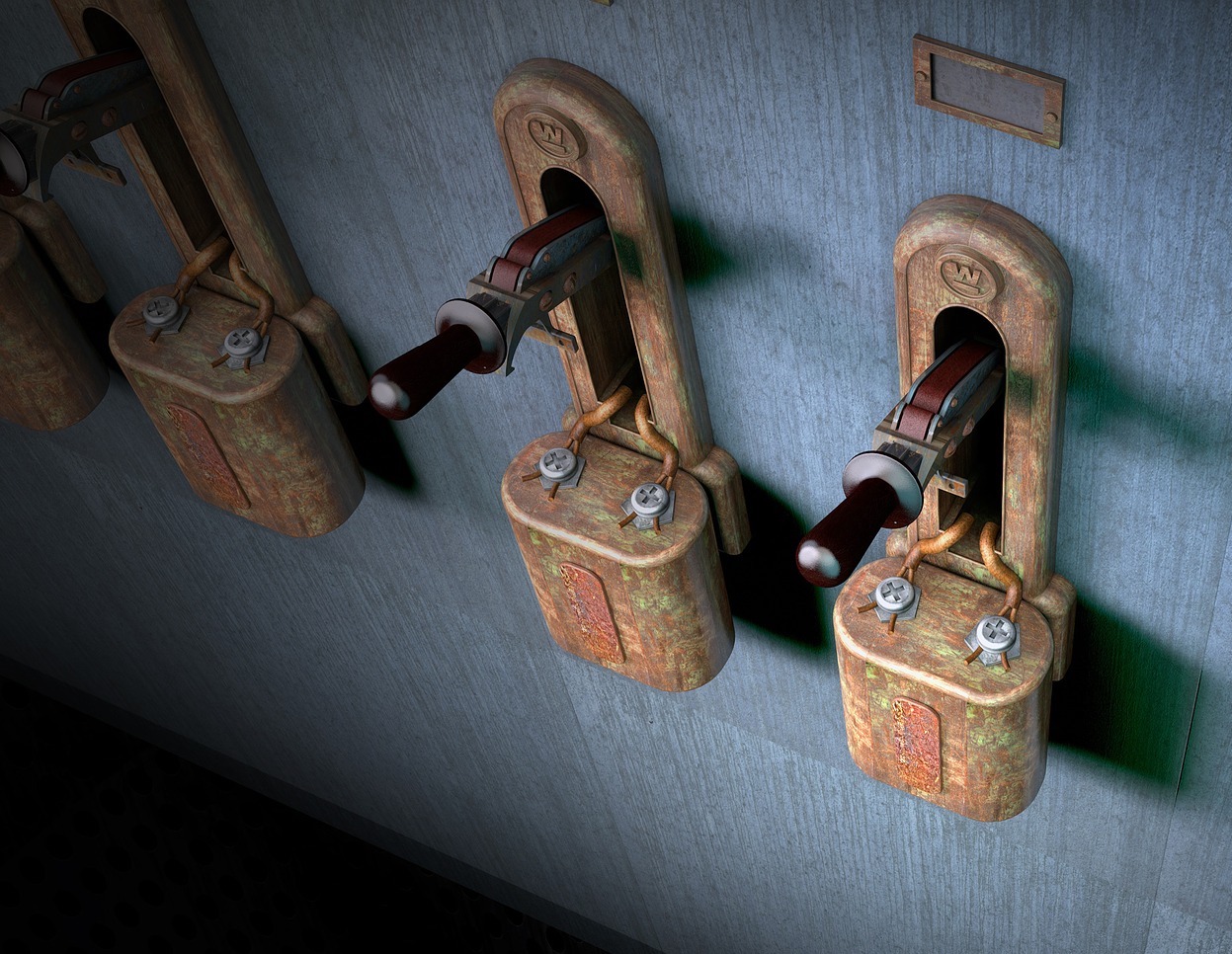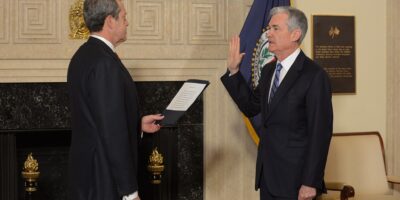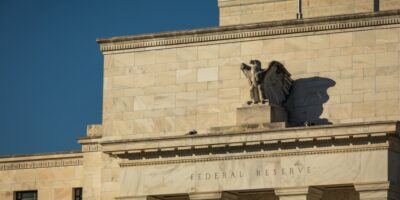Discretionary Central Banking Is Incentive Incompatible
Discretionary central banking — which I’ll just call “central banking” — suffers from a significant incentive problem. Central banking is the institutionalization of irresponsibility in monetary policy.
I don’t mean to say central bankers are careless or callous. Far from it. Most of them are intelligent and of strong character. But they’re not responsible for the consequences of their actions, because they personally bear only a miniscule fraction of the costs and benefits their behavior creates for society at large. If monetary policy is conducted well, the economy thrives. But central bankers do not receive a correspondingly large payoff. If monetary policy is conducted poorly, the economy suffers. But central bankers do not incur correspondingly large costs. In this sense, the chief institutionalized incentive problem with central banking is the huge wedge between cost and choice for monetary policy makers.
This larger, institutionalized incentive problem creates many smaller, more specific incentive problems for central bankers. Here’s one particularly relevant in the aftermath of the 2007–8 financial crisis. Most macroeconomists and monetary economists now accept that the Great Depression was so severe in part because the Fed botched monetary policy starting in the late 1920s. To make a long story short, the Fed permitted money to become too tight. The money supply (M2) plummeted, precipitating stress in the banking and financial system that spread from bank to bank like a wildfire. This massive monetary disequilibrium was permitted by the Fed because it misdiagnosed the situation, mistakenly inferring from low nominal interest rates that money was loose.
Ever since then, central bankers have been paranoid about the possibility of another fall in monetary aggregates causing another huge downturn. In 2002, Ben Bernanke, then a member of the Fed Board of Governors, admitted the Fed’s culpability. At a conference to honor Milton Friedman, who along with Anna Schwartz persuaded economists that the Fed dropped the ball, Bernanke admitted, “I would like to say to Milton and Anna: Regarding the Great Depression. You’re right, we did it. We’re very sorry. But thanks to you, we won’t do it again.” This fear explains, at least partially, why central bankers are more than happy to permit a modest degree of inflation but a modest degree of deflation (even benign, supply-side deflation) causes them great unease.
If this were merely a preference for slightly easy money, it perhaps wouldn’t be a huge problem. But it’s much more than that. Central bankers’ monetary ease also affects how they view their role as the lender of last resort. Especially in the United States, central bankers have erred strongly on the side of bailing out distressed banks and other financial organizations, fearing that a collapse in a systemically important institution would start the dominos falling all over again. At least since the Continental Illinois failure in 1984, Too Big to Fail has been de facto Fed (along with Treasury and FDIC) policy. The result has been widespread moral hazard in the financial system: Big banks and other financial organizations know if they get in trouble, they can count on the Fed (along with other federal government agencies) to arrange a bailout, courtesy of the taxpayers. Banks thus face a “heads I win, tails you lose” situation. Since they will receive a bailout if their risky investments fail, and keep the profits if those investments succeed, banks have no incentive to take onto their balance sheets the economically efficient and socially responsible amount of risk. On the contrary, they have an incentive to load up. If it pans out, banks make supernormal returns. If it doesn’t pan out, their losses will be covered.
What does this have to do with the incentive problems for central bankers? The answer is that central bankers do not confront the high social costs created by institutionalized moral hazard. Central bankers face a choice, in the event of financial turmoil, of bailing out big banks or not. If they do not, the financial system might suffer significant stress, and they might go down in history as irresponsible central bankers who allowed a second Great Depression to occur. Nobody wants that laid at their feet, so it’s not surprising that central bankers err on the side of extensive bailouts and liberal last-resort lending strategies. But this is precisely what allows banks to play fast and loose with risky assets, and get away with it, in the first place. It’s a vicious cycle, sustained because central bankers do not suffer the full consequences of their policies.
Thus an aspect of our financial system that has been reviled as unbridled cowboy capitalism and financial-sector greed is, in fact, a predictable result of incentive problems created by central banking — at least, central banking not bound by any rule central bankers themselves can’t tinker with. But it is by no means the only incentive problem. Taken together, the poor incentives central banking creates for responsible monetary policy should make us very skeptical that it deserves its reputation as the embodiment of sound macroeconomic practice.









